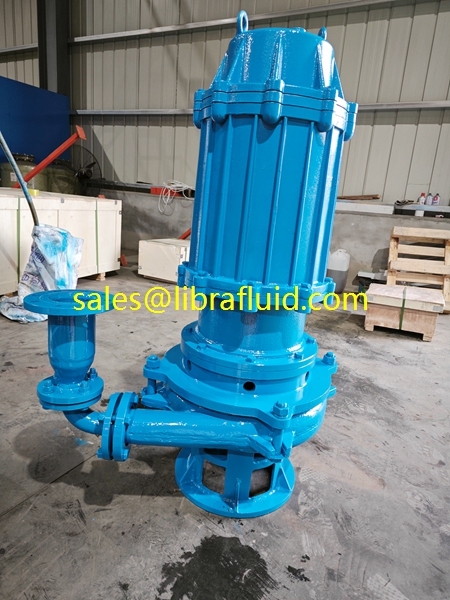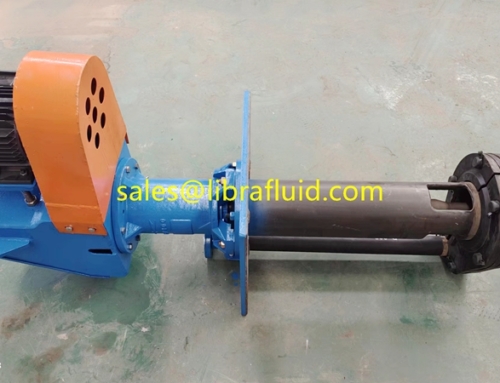Heavy-duty submersible slurry pumps are a versatile type of pump that can be used in a variety of industrial applications, including mining, construction, and wastewater treatment. These pumps are typically used in industrial applications, such as mining, construction, and wastewater treatment.
In this guide, we will discuss the key features and benefits of heavy duty submersible slurry pumps. We will also cover the different types of heavy duty slurry pumps available and how to choose the right pump for your needs.
The features of heavy-duty submersible slurry pumps include durability, corrosion resistance, and efficiency.
Key features of heavy duty submersible slurry pumps:
- Durability: Heavy duty slurry pumps are built to withstand the harsh conditions of industrial applications. They typically have a strong, wear-resistant construction that can handle high temperatures, abrasive materials, and corrosive chemicals.
Power: Heavy duty slurry pumps are designed to move large volumes of slurry quickly and efficiently. They typically have high flow rates and heads, which allow them to pump slurry over long distances or at high elevations.
- Versatility: Heavy duty slurry pumps can handle a wide range of slurries, including abrasive, corrosive, and high-temperature slurries. This makes them a versatile option for a variety of industrial applications.
The advantages of heavy-duty submersible slurry pumps include increased productivity, reduced downtime, and improved safety.
Benefits of heavy duty submersible slurry pumps:
- Increased productivity: Heavy duty slurry pumps can help to increase productivity by moving slurry faster and more efficiently. This can save time and money, especially in large-scale industrial applications.
- Reduced downtime: Heavy duty slurry pumps are designed to be durable and long-lasting, which can help to reduce downtime. This can save money by minimizing the need for repairs or replacements.
- Improved safety: Heavy duty slurry pumps can help to improve safety by reducing the risk of exposure to hazardous materials. This is because the pumps are designed to be self-contained and contained.
Types of heavy duty submersible slurry pumps:
There are two main types of heavy duty submersible slurry pumps:
- Centrifugal pumps: Centrifugal pumps are the most common type of heavy duty slurry pump. They work by using centrifugal force to move slurry through the pump. Centrifugal pumps are typically used for high-volume applications, such as mining and construction.
- Positive displacement pumps: Positive displacement pumps work by moving slurry in a fixed volume. They are typically used for applications where the slurry is abrasive or corrosive. Positive displacement pumps are available in a variety of designs, including piston pumps, lobe pumps, and screw pumps.
How to choose a heavy duty submersible slurry pump:
When choosing a heavy duty submersible slurry pump, there are several factors to consider, including:
- The type of slurry: The type of slurry you will be pumping will determine the type of pump you need. Centrifugal pumps are typically used for high-volume applications, while positive displacement pumps are typically used for applications where the slurry is abrasive or corrosive.
- The flow rate and head: The flow rate and head of the pump must be sufficient to meet your needs. The flow rate is the amount of slurry that the pump can move per unit of time. The head is the vertical distance that the pump can lift the slurry.
- The size and weight of the pump: The size and weight of the pump must be appropriate for the application.
- The cost of the pump: The cost of the pump will vary depending on the type, size, and features of the pump.
Conclusion:
Heavy duty submersible slurry pumps are a valuable tool for a variety of industrial applications. By choosing the right pump for your needs, you can improve productivity, reduce downtime, and improve safety.









